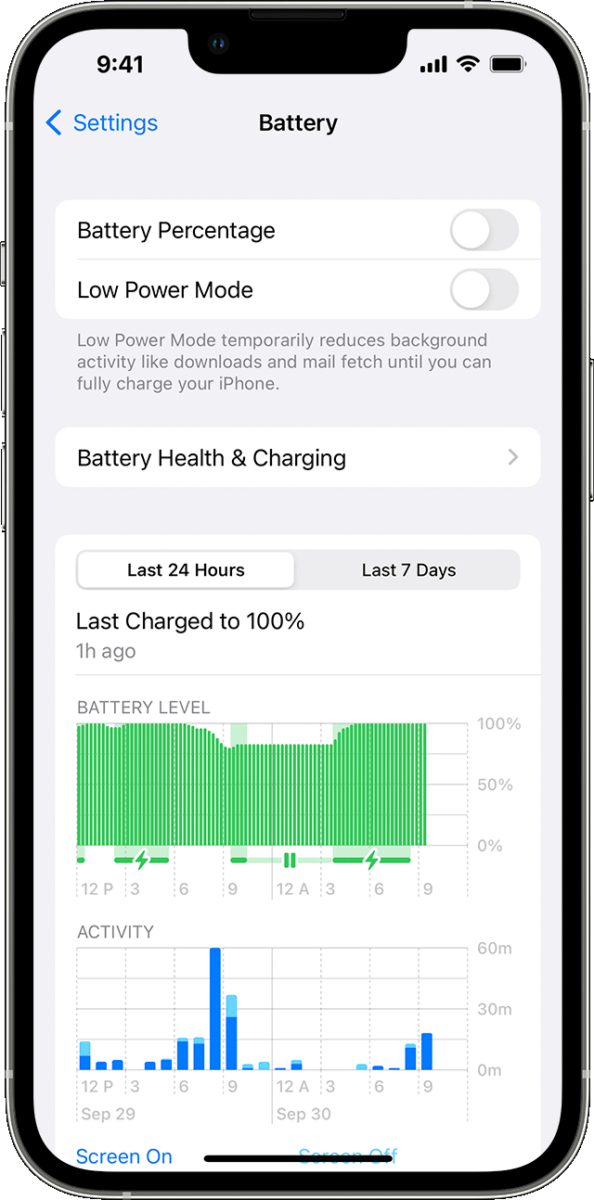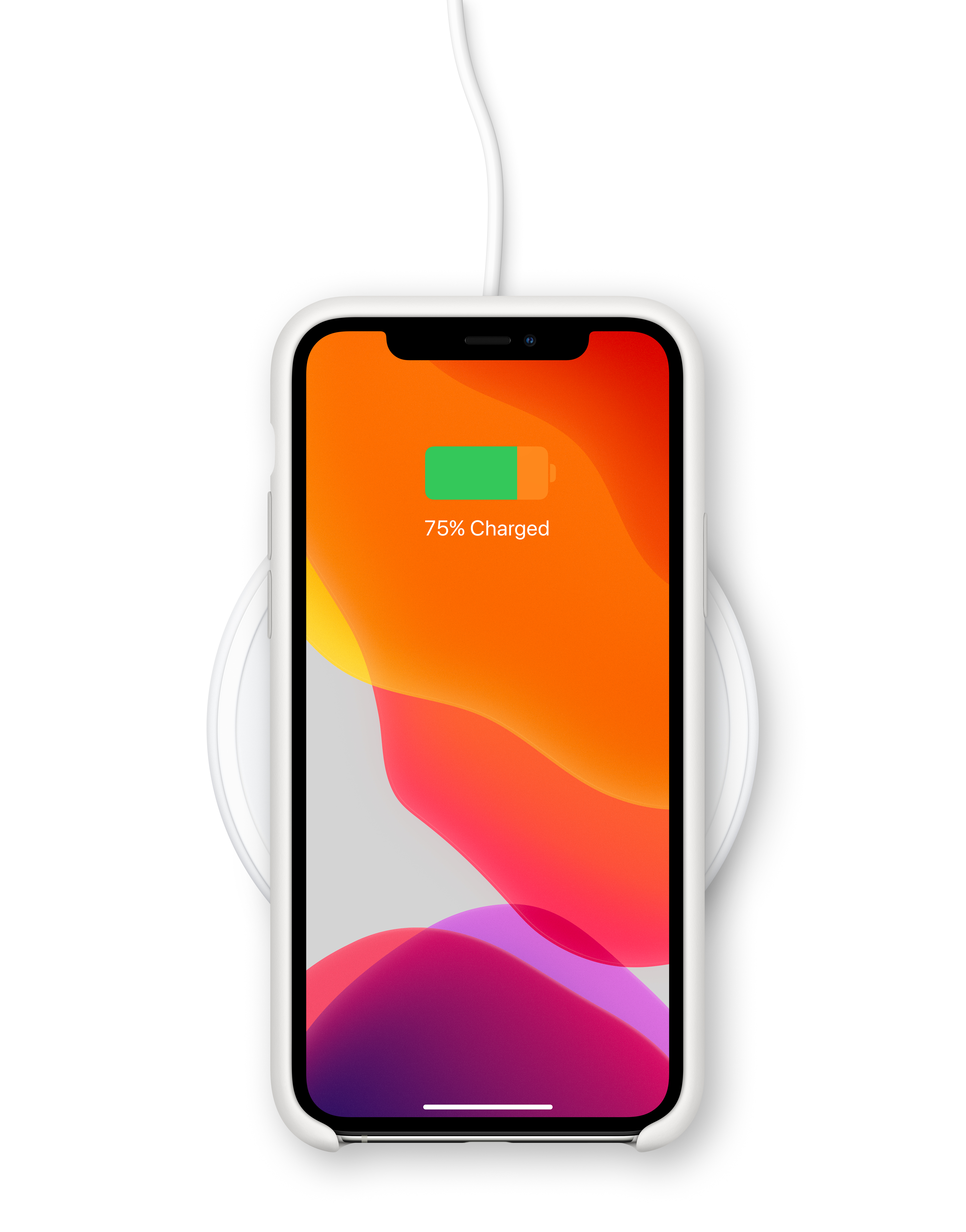The iPhone has come a long way since its first release in 2007. With each successive release, Apple has done its best to improve the technology and battery life of the devices. The original iPhone had a lithium-ion battery that could hold up to 500 charge cycles, or about two years; before you would see a degrading of the battery to 80% of its full capacity.
Over the years, Apple has done its best to improve and extend the battery life of its iPhones. This includes adding larger batteries and more advanced power management techniques. The iPhone XR, for example, features a much larger battery than older models at 11.56Wh compared to 6.91Wh in the iPhone 7 Plus. This allowed Apple to increase the maximum battery life of their device by 40%.
Apple also introduced an efficient charging system with the release of iOS 9 in 2015 that optimizes charging based on usage patterns and environmental conditions. This system helps to ensure that your device will perform at peak efficiency while preserving your battery’s longevity over time.
In addition, Apple has implemented a feature called Battery Health in iOS 11 and later versions which allow users to monitor their device’s performance and check whether their batteries are performing as expected. It also provides information on maximum capacity and how much charge is left when it is fully charged so users can get an accurate picture of their device’s overall health over time.
Today, iPhones come with lithium-ion batteries that have been designed for longer lifespans and improved performance. With iOS 15.2 and later models such as the iPhone XR, XS models, and later — including iPhone SE (2nd & 3rd generation) — users can access parts and service history from Settings > General > About for information about their device’s battery health status as well as any recent replacements made by AppleCare+ or authorized service providers.
Overall, Apple has done an impressive job at improving the performance and lifespan of its iPhones over time — making sure that its customers have access to reliable technology without sacrificing quality or longevity.

Average Lifespan of an iPhone Battery
An iPhone battery should last approximately two years. This is based on the average number of charge cycles, which is 500. Over time, you may notice a decrease in the battery life of your iPhone due to normal wear and tear; after about two years, the battery may no longer hold a full charge and will eventually reach 80% of its original capacity. To extend the life of your iPhone battery, try to avoid overcharging it and keep it away from extreme temperatures. You can also use power-saving features or turn off unnecessary background apps to reduce power consumption.
Determining the Number of Battery Cycles on an iPhone
Your iPhone battery’s cycle count is displayed in the Battery Health settings. You can find this by going to Settings > Battery > Battery Health. On this page, you will see a section called Maximum Capacity that displays the current maximum capacity of your battery as a percentage. Below this, you will find a section titled Cycle Count that displays the total number of charge cycles your battery has gone through since it was first installed on your device.
Identifying an iPhone Battery Replacement
To find out if the battery of an iPhone has been changed, you need to go to Settings > General > About. Here, you can view the parts and service history of your iPhone which will tell you if the battery has been replaced. This is available for iOS 15.2 and later, and for iPhone XR, iPhone XS models, and later — including iPhone SE (2nd and 3rd generation).
Hiding Battery History on an iPhone
To hide your battery history on your iPhone, go to the Settings app on your home screen. Then select General, followed by Usage and Battery Usage. Finally, you can choose to hide the battery usage for each individual app. This will remove the app’s battery usage data from the Battery Usage section in Settings.
Do iPhone Batteries Require Replacing?
Yes, iPhone batteries will eventually need to be replaced. Over time, rechargeable batteries in all iPhone models diminish in their capacity and peak performance due to regular daily usage. Depending on the type of usage and how well the battery is taken care of, battery life can vary from one phone to another. Apple recommends that you service your battery for optimal performance. If your battery is no longer holding its charge or performing as it should, it may need to be replaced.
The Lifespan of an iPhone Battery
Yes, an iPhone battery can last for up to five years with proper care. To ensure your battery lasts that long, it is important to keep your phone charged between 40-80%, avoid extreme temperatures and check the battery health regularly. Additionally, you should try to only charge it when necessary and use the power-saving features of your phone whenever possible. By following these tips, you can help extend the life of your iPhone battery for up to five years or more.
What Factors Contribute to Poor iPhone Battery Health?
Using your iPhone in extreme temperatures can have a lasting and negative impact on your device’s battery health. Temperatures that are too high (over 95° F or 35° C) can permanently reduce the capacity of your battery, meaning it won’t hold a charge as long as it used to. High temperatures while charging can also damage your device further. Other factors that can cause your battery to degrade over time include frequent charging, not allowing it to discharge completely before recharging and using outdated software.
Checking iPhone Cycle Count
To check your iPhone’s cycle count, go to Settings > Battery > Battery Health & Charging. Here you’ll be able to see your battery’s maximum capacity, peak performance, and whether it requires service. You’ll also be able to view the cycle count, which is the number of complete battery charges your iPhone has gone through since it was first activated. Knowing this figure can help you determine how long your battery will last before needing to be replaced.
Conclusion
Conclusively, the battery life of an iPhone is typically up to 500 charge cycles or about two years. You can check the battery health of your iPhone in Settings > Battery > Battery Health and you can also find out if the battery has been replaced in Settings > General > About. With iOS 15.2 and later, you can access even more detailed information about your battery’s parts and service history. It is important to remember that regular upkeep of your phone’s battery can help prolong its lifespan and performance.








